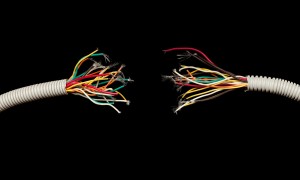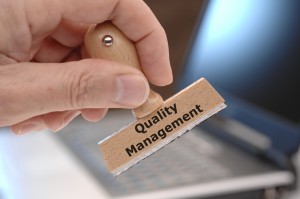 The outcome of the Lofstedt Report is gradually starting to take effect. The HSE has recently updated INDG236 – Maintaining portable electric equipment in low-risk environments, which makes some changes, but things still aren’t clear.
The outcome of the Lofstedt Report is gradually starting to take effect. The HSE has recently updated INDG236 – Maintaining portable electric equipment in low-risk environments, which makes some changes, but things still aren’t clear.
Portable Appliance Testing (PAT) has always been a bit of an issue in low risk environments, and the HSE has stated that over £30 million is wasted each year by businesses paying for unnecessary portable appliance testing (PAT). But INDG236 doesn’t advocate stopping the tests. In fact, quite the opposite. Plus, it doesn’t give a definitive answer on how often a test should be undertaken. It simply states: “The person carrying out the test should not assess when the next test will be due as this decision should be made by you on a risk assessment basis”.
It is still open to debate, but in simple terms, the guidance rules out having a policy of testing everything annually. In fact, the HSE states that this isn’t the correct approach. Instead, you should:
- Instruct staff to complete user checks to identify any obvious signs of damage, e.g. cuts in cables, loose/exposed wires etc. routinely.
- Arrange for a formal visual inspection to be completed: the HSE has included a table in its guidance, which suggests how often this should be done. It doesn’t need to be carried out by an electrician. Someone who has been trained or instructed on how to spot signs of damage, whether the fuse is correct etc. can do it.
- If there is any doubt about the safety of a piece of equipment, or if it’s been damaged, a PAT should be completed.
- If there are no problems identified by the user checks or visual inspections, the time between tests can be extended to up to five years.
To find out more about the changes email us or phone 0333 321 0131.

